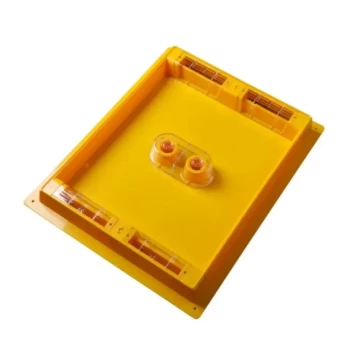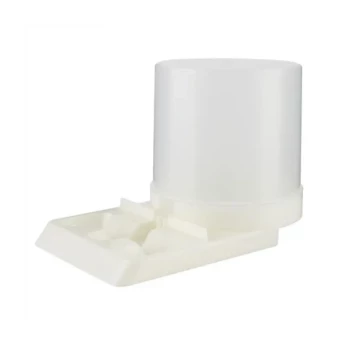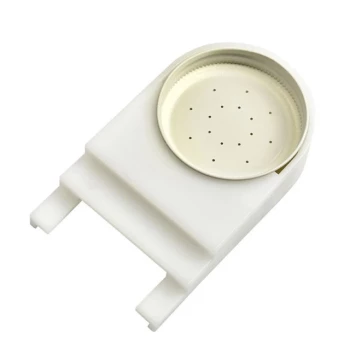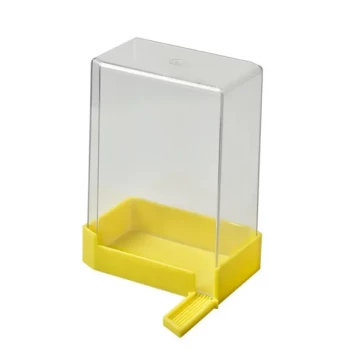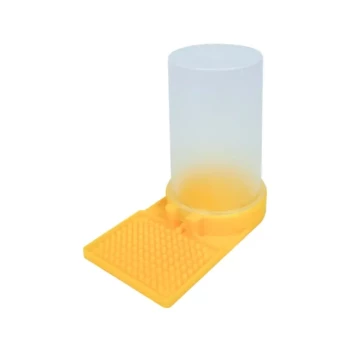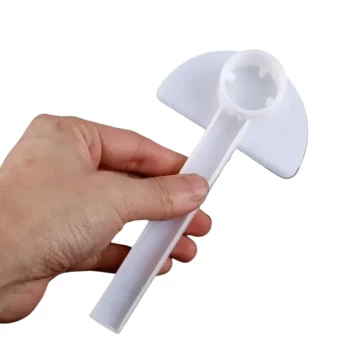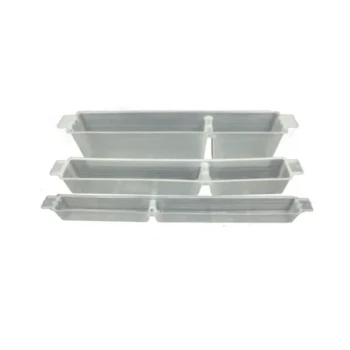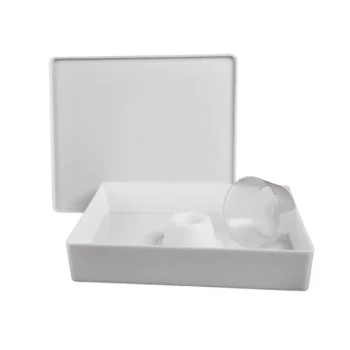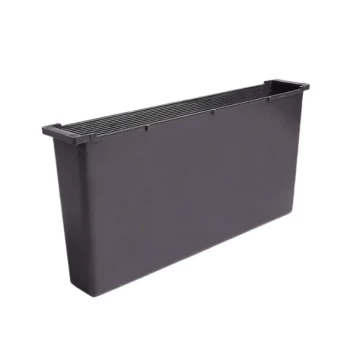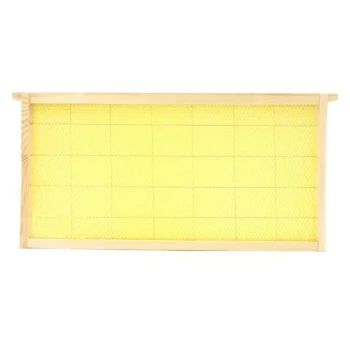For less prolific bee strains, the recommended autumn feeding strategy is slow and steady. This method simulates a mild, late-season nectar flow, which provides a critical signal to the queen. It encourages her to continue laying eggs, ensuring the colony raises a final, robust generation of long-lived winter bees essential for surviving the cold months ahead.
The primary goal of autumn feeding for less prolific bees is not rapid weight gain, but the strategic stimulation of late-season brood rearing. A slow, sustained feeding approach is the key to producing a strong cluster of bees physiologically prepared for winter.
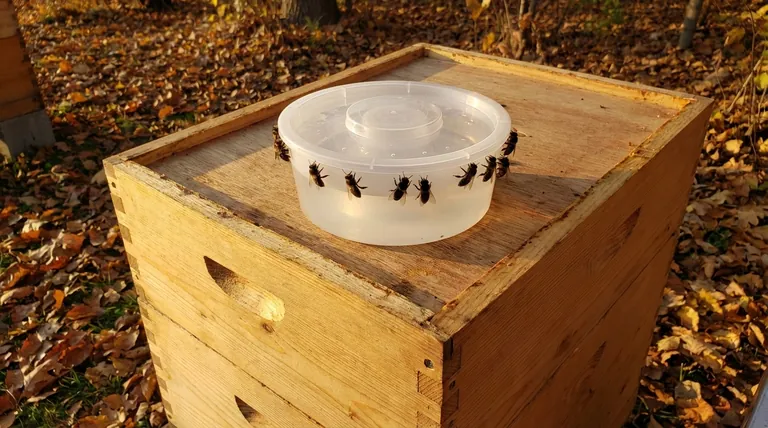
The Core Objective: Building Your Winter Bee Population
The entire purpose of autumn management is to ensure the colony has the right resources and demographics to survive until spring. For less prolific bees, this requires active intervention.
Distinguishing Summer Bees from Winter Bees
A summer bee lives a frantic life, working itself to death in just four to six weeks.
A winter bee is physiologically different. Raised in the autumn, she has increased fat bodies (vitellogenin) and can live for four to six months. These are the bees that will form the winter cluster and care for the first generation of brood in the spring.
Why Less Prolific Strains Need Encouragement
Bee genetics play a major role in autumn behavior. Highly prolific strains, like Italians, often continue raising large amounts of brood late into the season and may need to be discouraged.
Less prolific strains, such as Carniolans or Caucasians, are naturally more frugal. They are genetically programmed to shut down brood rearing early in response to dwindling natural forage. This can leave the colony with an insufficient population to survive a long winter.
The Role of a Simulated Nectar Flow
Slow feeding "tricks" the colony. By providing a small, continuous source of thin syrup, you mimic a natural nectar flow.
This signals to the bees that resources are still available, making it "safe" for the queen to continue laying and for the colony to invest energy in raising the final, critical generation of winter bees.
Slow vs. Rapid Feeding: A Tale of Two Signals
The speed at which you provide syrup sends a distinct and powerful message to the colony. Understanding this difference is fundamental to achieving your desired outcome.
The Signal of Slow Feeding
Slow feeding involves providing a thin syrup (1:1 sugar to water by weight) through a feeder that only allows the bees to take it down gradually.
This "trickle income" encourages immediate consumption and stimulates brood rearing. The bees see it as a daily resource, not an emergency store, so the queen continues to have space to lay eggs.
The Signal of Rapid Feeding
Rapid feeding involves providing a thick syrup (2:1 sugar to water by weight) in large quantities. The bees can take this down very quickly.
This sends an emergency signal: "The season is over, winter is here!" The bees' response is to stop brood rearing and backfill every available cell with syrup, drastically restricting the queen's laying space. While effective for adding weight, it is counterproductive if your goal is to raise more bees.
Understanding the Trade-offs
Neither strategy is perfect, and each comes with risks that must be managed. Your role is to balance these competing factors based on your colony's specific situation.
The Risk of Insufficient Stores
The primary downside of slow feeding is that you may not get enough weight on the hive before cold weather makes feeding impossible. It is a slow process for building stores.
You must diligently monitor the hive's weight and be prepared to switch to rapid feeding if the colony is too light as winter approaches.
Timing is Critical
Starting to slow feed too late in autumn will not provide enough time for the queen to lay and for those eggs to develop into adult winter bees.
Ideally, you begin stimulative slow feeding in late summer or very early autumn, while temperatures are still warm enough for the queen to lay and for bees to fly.
Feeder Type Matters
The choice of feeder directly impacts the feeding rate. Rapid feeders, such as large top feeders or bucket feeders with many holes, are designed for quickly adding weight.
For slow feeding, you need a contact feeder, a small bucket feeder with only one or two tiny holes, or an entrance feeder. These restrict how quickly the bees can access the syrup, ensuring a slow and steady stimulation.
Implementing Your Autumn Feeding Strategy
Your final decision should be a deliberate choice based on a clear assessment of your colony's population and stores.
- If your primary focus is boosting the winter bee population: Start with a slow, stimulative feed of 1:1 syrup in late summer to encourage the queen to lay.
- If your hive is light and needs both bees and stores: Employ a two-phase approach. Slow feed 1:1 syrup first to raise winter bees, then switch to rapid feeding with 2:1 syrup to top up stores once the last brood cycle is complete.
- If your colony already has a strong population but is low on stores: Prioritize rapid feeding with a 2:1 syrup. This will ensure survival, even if it means shutting down brood rearing earlier than ideal.
By understanding the signals your feeding sends, you can actively guide your colony toward a strong and successful winter.
Summary Table:
| Feeding Strategy | Syrup Ratio (Sugar:Water) | Primary Goal | Best For |
|---|---|---|---|
| Slow & Steady | 1:1 | Stimulate late-season brood rearing | Boosting winter bee population in less prolific strains |
| Rapid | 2:1 | Quickly add weight to hive stores | Colonies with strong population but low honey stores |
Equip Your Apiary for Success with HONESTBEE
Mastering the right feeding strategy is just one part of successful beekeeping. Ensure your commercial apiary or distribution business has the high-quality equipment needed to support these vital autumn practices. HONESTBEE supplies durable, reliable beekeeping supplies and equipment through our wholesale-focused operations, helping you build stronger, more productive colonies.
Contact HONESTBEE today to discuss your wholesale needs and ensure your bees are prepared for winter.
Visual Guide
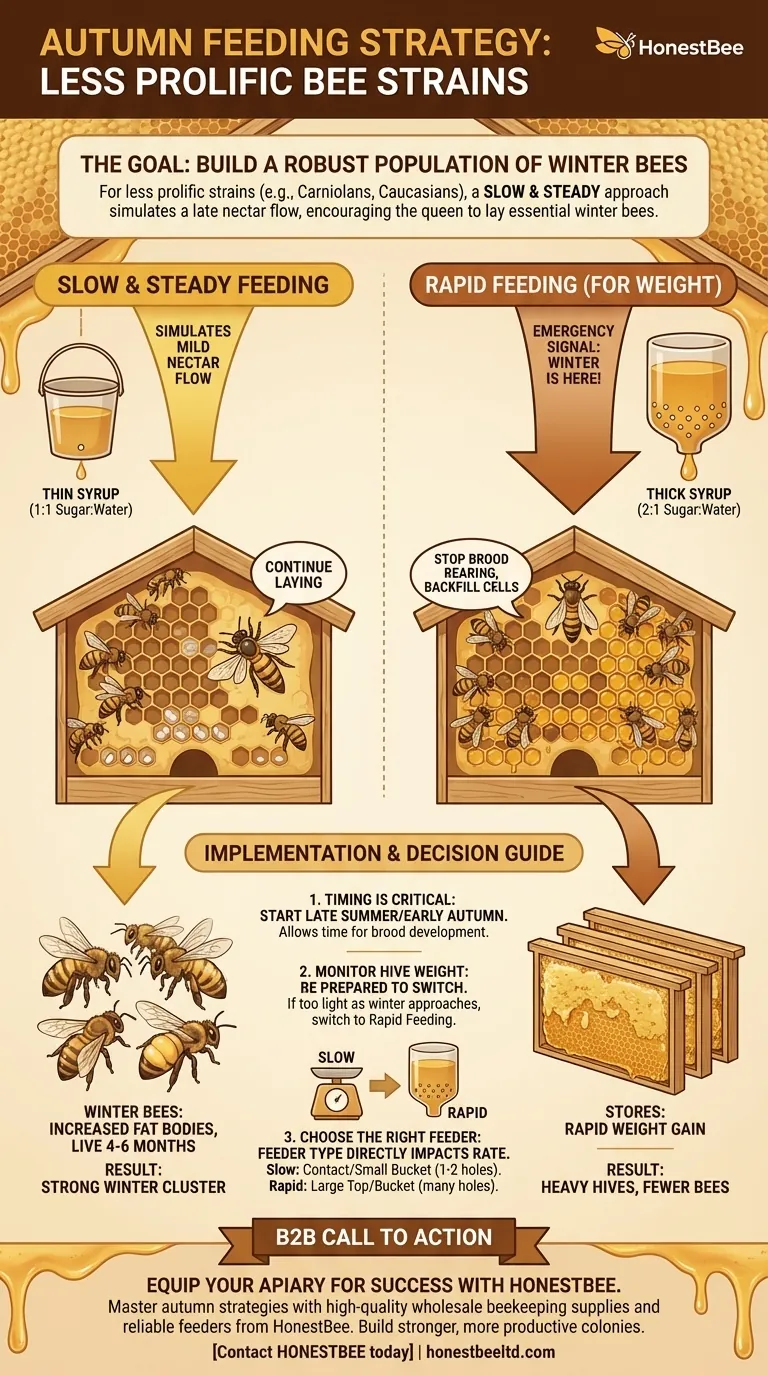
Related Products
- Rapid Bee Feeder White Plastic 2L Round Top Feeder for 8 or 10-Frame Bee Hives
- Professional Hive Top Bee Feeder for Beekeeping
- HONESTBEE Entrance Bee Feeder Professional Hive Nutrition Solution for Beekeeping
- Classic Boardman Entrance Bee Feeder Hive Front Feeding Solution
- Professional Hive Front Entrance Bee Feeder
People Also Ask
- Can sugar syrup contaminate the honey crop? A Beekeeper's Guide to Protecting Honey Purity
- Do beekeepers leave honey for bees? The Essential Guide to Sustainable Hive Management
- Can you dilute honey and feed it to the bees? Understand the Critical Risks and Safe Practices
- What is the advice regarding feeding bees to limit brood production based on? Managing Prolific Bee Strains
- What are the recommended sugar-to-water ratios for making sugar syrup for bees? Optimize Your Hive's Health

